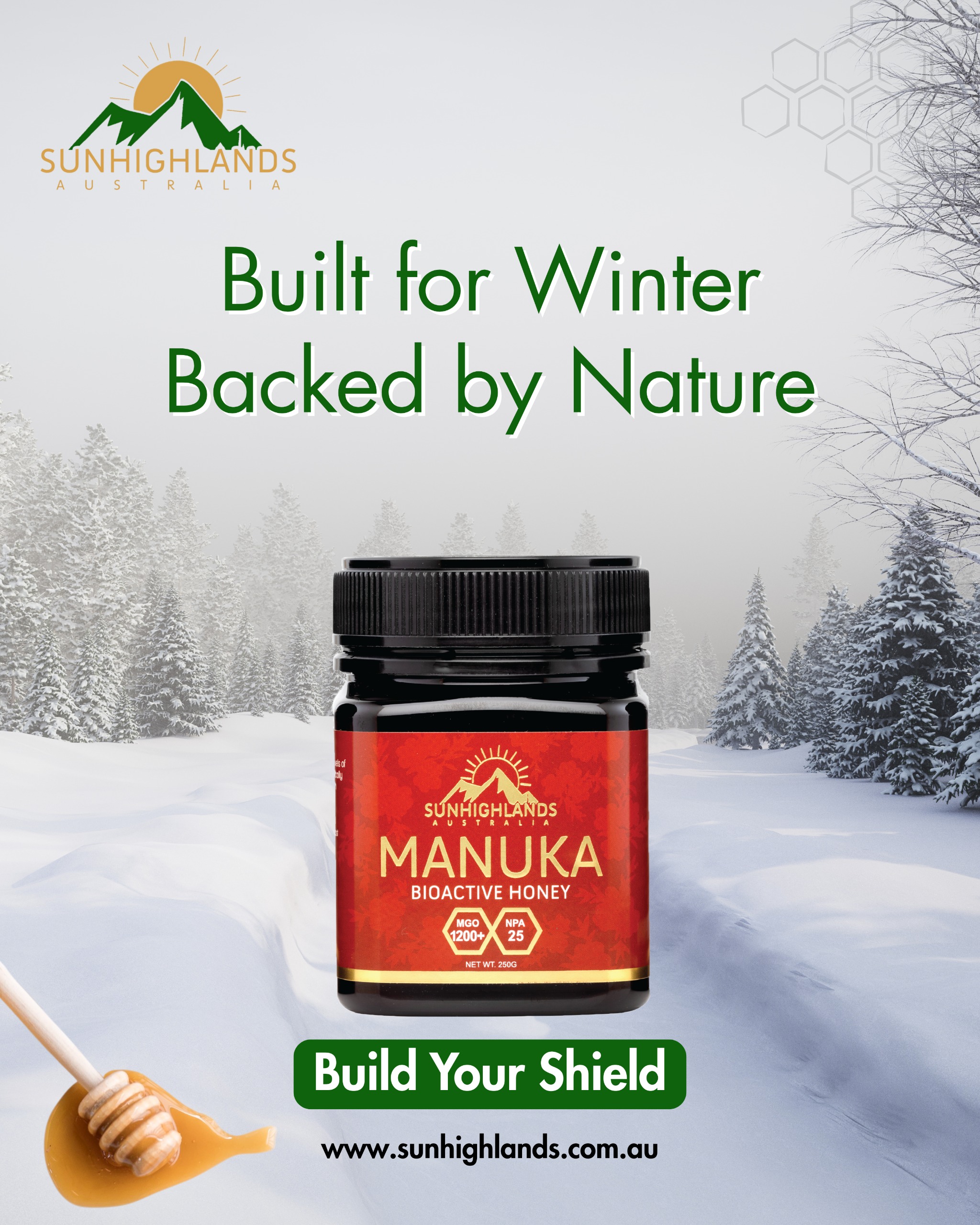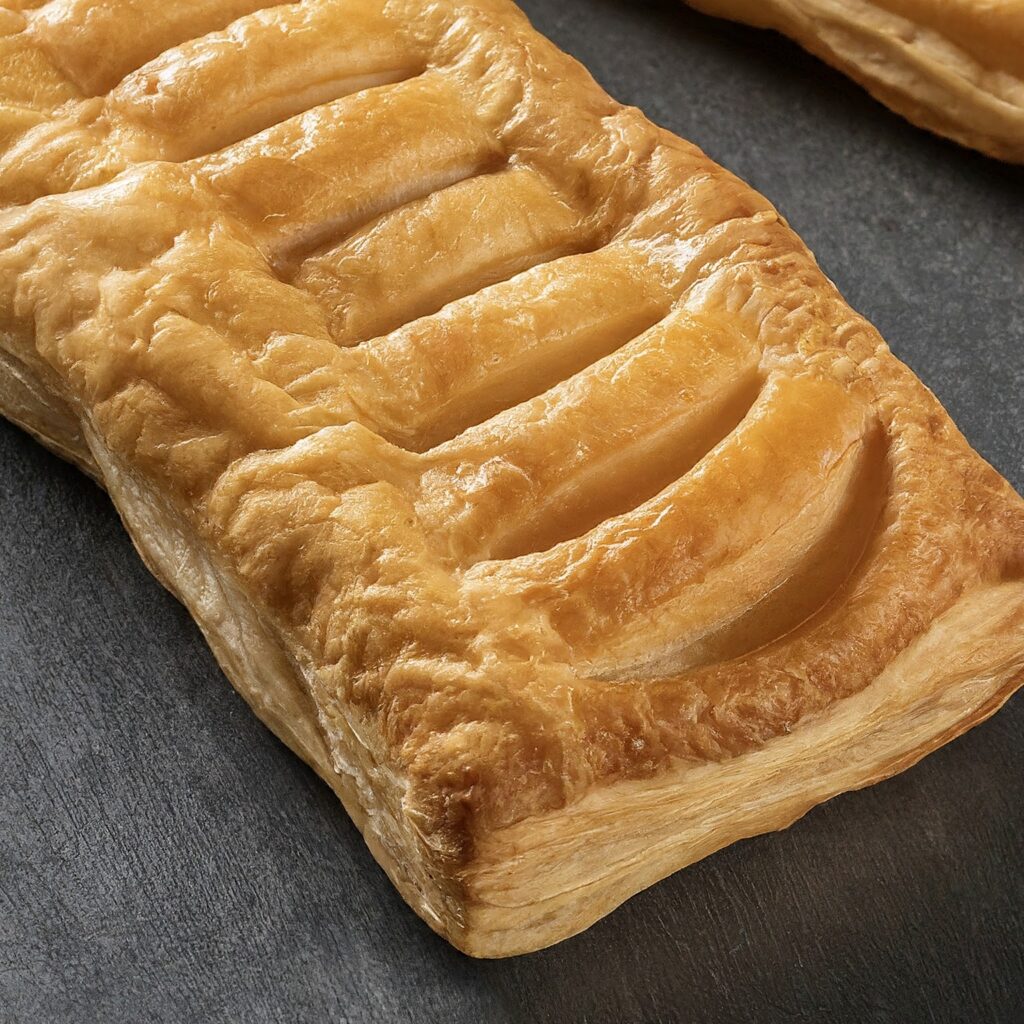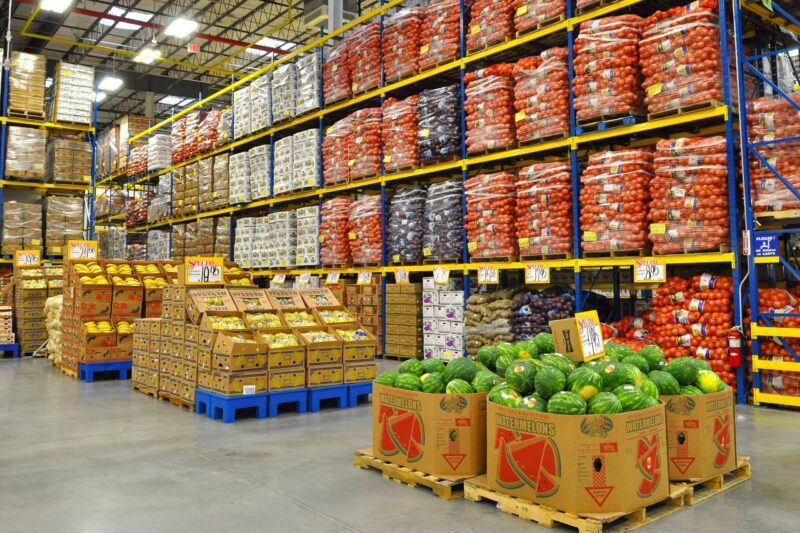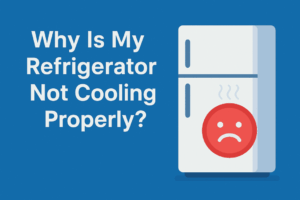Hundreds of honey jars claim to heal—but only a few are truly proven. Here’s how to shop smart, skip the gimmicks, and find real quality that delivers on health benefits.
When Labels Mislead, Your Health—and Wallet—Pay the Price
Step into any health store in Sydney, and you’re immediately surrounded by a golden sea of jars. Some shout “bioactive power,” others “therapeutic grade,” with prices ranging from $30 to over $100. It’s easy to assume that a glossy label or higher cost means better healing power.
But that’s not always the case.
Many products on the shelf lack proper testing. Some are diluted with syrup, others fall short of their claimed antibacterial strength. And most importantly, some don’t deliver on the very benefits consumers are looking for—whether that’s immune support, wound healing, or digestive relief.
What you’re left with is an expensive jar of honey that looks good—but doesn’t do much.
Why More Expensive Doesn’t Always Mean More Effective
When you or a loved one is feeling unwell, the pressure to find a quick remedy is real. That’s when many people turn to high-priced honey, hoping it will help soothe sore throats or settle stomach issues. But when that jar doesn’t work, the disappointment runs deeper than just the money lost.
Just ask Sarah, a mother from Cronulla, who spent $85 on a jar marketed as “therapeutic strength.” She’d hoped it would help her son’s recurring throat infections. After two weeks of daily use, there was no improvement—only frustration and concern that she had fallen for clever branding instead of proven quality.
The truth is, there’s a wide spectrum of honey quality on the market. Without understanding how to read the labels or what to look for in certifications, it’s easy to overspend on products that don’t meet clinical standards.
What Really Matters When Choosing Medicinal Honey
Instead of focusing on how fancy the packaging looks, focus on what backs the product:
- Scientific certification, such as UMF (Unique Manuka Factor) or MGO (Methylglyoxal) levels
- Transparency, including lab-tested results and batch verification
- Trusted sourcing, especially from regions in New Zealand or Australia with documented production standards
This is where top rated manuka honey brands separate themselves from the rest. These producers openly share test results, list farm sources, and maintain consistent antibacterial activity in their products. It’s not hype—it’s accountability.
Real Change in Sydney: A Local Case Study from Chatswood
Pharmacist Tom, based in Chatswood, had noticed a pattern: customers were returning high-priced Manuka honey with complaints it didn’t seem to help. One of those customers was Elaine, an older woman struggling with digestive issues.
She explained, “It looked impressive—shiny bottle, gold seal, expensive—but I didn’t notice any improvement.”
Rather than dismiss her concerns, Tom explained the key differences between raw honey vs manuka honey. While raw honey is nutrient-rich and natural, it doesn’t have the verified antibacterial activity of Manuka unless it’s lab-tested and graded.
He recommended a UMF-certified product with documented MGO strength. Elaine gave it another try—this time with a jar that had verified content and trusted sourcing. Two weeks later, she returned—not to complain, but to say her symptoms had eased noticeably.
Why Science-Backed Honey Is Worth Every Spoonful
The healing power of honey doesn’t come from sweetness—it comes from its chemical makeup. In Manuka honey, that includes methylglyoxal (MGO), which provides potent antibacterial properties. Higher MGO or UMF values generally correlate with stronger activity.
When comparing raw honey vs manuka honey, the key difference is this: Manuka is measured, traceable, and graded. Raw honey, while still beneficial in general wellness, doesn’t usually undergo the same rigorous lab testing to validate medical claims.
To ensure you’re buying a jar with real benefits, always check:
- UMF or MGO ratings on the label
- Whether the product lists batch numbers or test results
- If the origin is clearly stated—true medicinal Manuka should be sourced from trusted regions in New Zealand or Australia
Avoiding the Trap of Vague Labels
It’s easy to be misled by words like “premium” or “therapeutic,” especially when they appear on expensive jars. But these terms mean little without evidence. Reputable brands will always:
- Display test results online or include QR codes
- Name the specific region or farm the honey was harvested from
- Be recommended by health professionals, not just social media influencers
This is why informed shoppers choose top rated manuka honey brands—not just for the name, but for what the brand stands behind.
Simple Steps for Buying Better Honey (Without Breaking the Bank)
Finding high-quality honey doesn’t have to cost a fortune. Try these practical tips:
- Subscribe to sales alerts from trustworthy brands or health stores
- Buy locally through independent pharmacies or verified sellers who vet their stock
- Compare by grade, not price—an MGO 550 jar for $45 may outperform a generic $70 product with no certification
- Join co-ops or health groups that buy in bulk and get better pricing from Australian producers
These strategies help you save without sacrificing quality.
What Better Honey Means for Your Family’s Wellness
Choosing a certified, lab-tested honey isn’t just about avoiding a bad purchase—it’s about achieving better outcomes. When symptoms actually ease, you gain confidence in natural products. And instead of jumping from jar to jar, you can rely on a proven remedy.
When the honey actually works—soothing a sore throat, improving digestion, speeding up healing—it makes every dollar feel well spent.
How to Shop Smarter—Starting Now
The next time you shop for medicinal honey, don’t fall for shiny packaging or vague promises. Instead, look for:
- UMF or MGO certification (higher values = stronger effectiveness)
- Verified lab results or batch testing
- Transparency about sourcing, including region and producer
Skip the fluff, stick to facts, and choose with confidence. Your health—and your wallet—deserve better than guesswork.
Final Word:
You don’t need to be a honey expert to make a smart choice. But you do need to know what to look for—and what to avoid. When in doubt, go with brands that prove their worth, not just shout about it.









